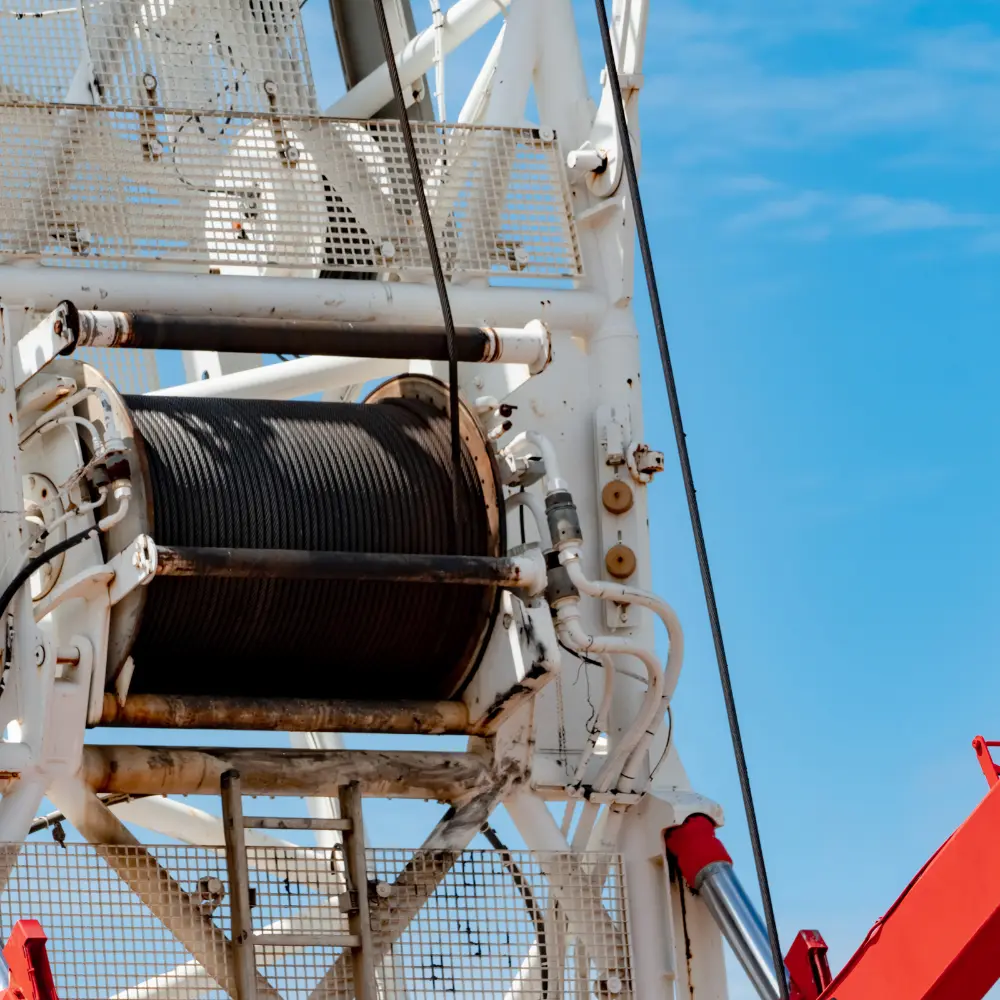 Steel wire ropes, a cornerstone in industrial, maritime, and civil engineering, owe their extensive utility to a composite structure that offers an exceptional blend of axial strength, stiffness, and bending flexibility. This intricate composition, consisting of several steel wires twisted together, not only underpins their mechanical prowess but also imbues them with a level of redundancy vital for safety-critical applications. Despite their robustness, these ropes are not impervious to damage, with static damage, in particular, presenting a significant threat to their integrity and, by extension, their operational lifespan.
Steel wire ropes, a cornerstone in industrial, maritime, and civil engineering, owe their extensive utility to a composite structure that offers an exceptional blend of axial strength, stiffness, and bending flexibility. This intricate composition, consisting of several steel wires twisted together, not only underpins their mechanical prowess but also imbues them with a level of redundancy vital for safety-critical applications. Despite their robustness, these ropes are not impervious to damage, with static damage, in particular, presenting a significant threat to their integrity and, by extension, their operational lifespan.
Understanding Static Damage and Its Implications
Static damage in steel wire ropes refers to the degradation incurred through sustained loads or stresses without the presence of dynamic or cyclic loading. This damage typically manifests as a reduction in the ultimate tensile strength of the rope, a direct consequence of the progressive failure of individual wires or strands within the rope structure. The implications of static damage are profound, as it can lead to a premature and often sudden failure of the rope, with potentially catastrophic consequences in applications where the ropes are used for lifting, suspending bridges, or securing boats.
Quantifying Static Damage: An Experimental Insight
In a comprehensive study focused on explaining the mechanical behavior of steel wire ropes under service conditions and monitoring their damage progression, a 19 × 7 non-rotating rope was subjected to a series of static tensile tests. These tests, designed to simulate the static loads the ropes might encounter in real-world applications, were instrumental in characterizing the impact of static damage on the rope's durability.
Experimental Procedure
The study utilized a non-rotating wire rope type, notable for its dual-layer structure that mitigates the risk of load-induced rotation. This characteristic makes it particularly suited for high-stakes lifting operations where the stability of the load is paramount. The experimental setup involved subjecting both virgin (undamaged) and artificially damaged rope samples to tensile testing, with the damage artificially introduced by systematically cutting a defined number of strands from the rope.
Key Findings
The tensile tests revealed a marked decline in the rope's ultimate force as the degree of static damage increased. Notably, the virgin rope, capable of withstanding an ultimate static force of 33.94 kN, experienced a progressive decrease in this capacity with each additional strand cut, ultimately reaching a critical point where the rope could withstand only 13.08 kN — a scenario representative of total damage to the rope's outer layer. This reduction in ultimate force underscores the critical impact of static damage on the rope's durability, highlighting a direct correlation between the extent of damage and the rope's residual load-bearing capacity. Moreover, the study identified distinct stages of damage progression, culminating in a "critical fraction of life" beyond which the risk of sudden failure escalates dramatically.
Implications for Industrial Applications
These findings carry significant implications for deploying and maintaining steel wire ropes in industrial applications. Quantifying static damage and identifying critical damage thresholds provide invaluable insights for developing predictive maintenance strategies. Monitoring the evolution of static damage makes it possible to establish more reliable criteria for replacing ropes, mitigating the risk of unexpected failures.
Static damage represents a formidable challenge to the durability and reliability of steel wire ropes. This study has shed light on the mechanics of static damage and its harmful effects on rope integrity through meticulous experimental analysis. Armed with this knowledge, industries reliant on steel wire ropes can better safeguard against the risks posed by static damage, enhancing the safety and efficiency of their operations.
Related Reading